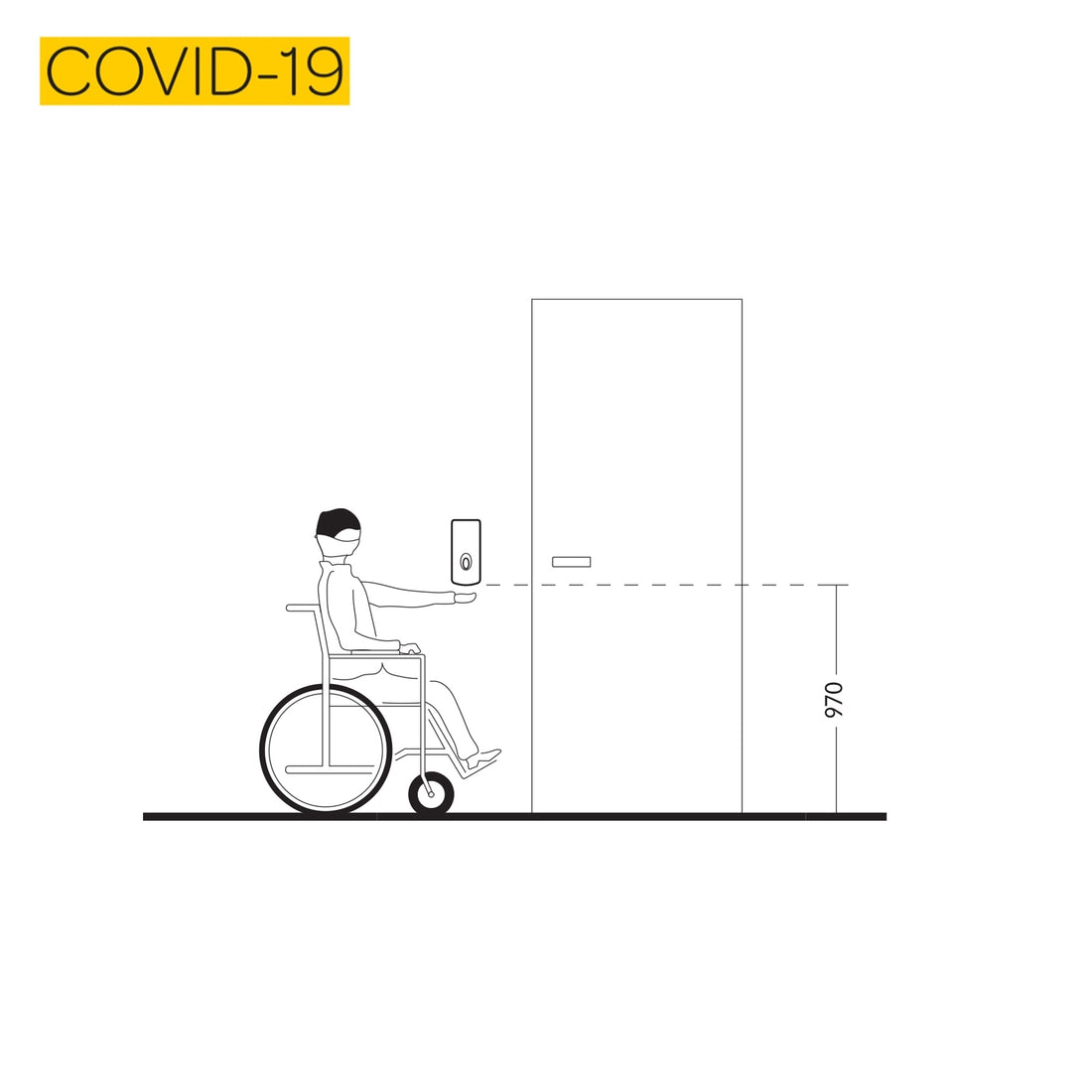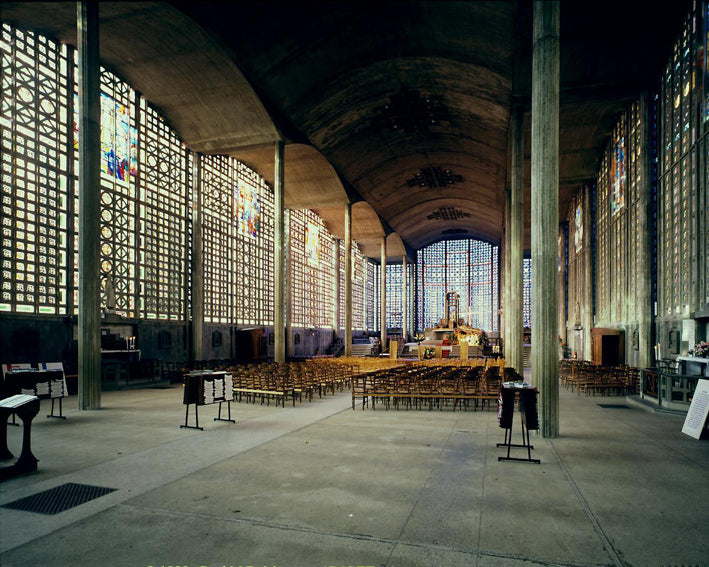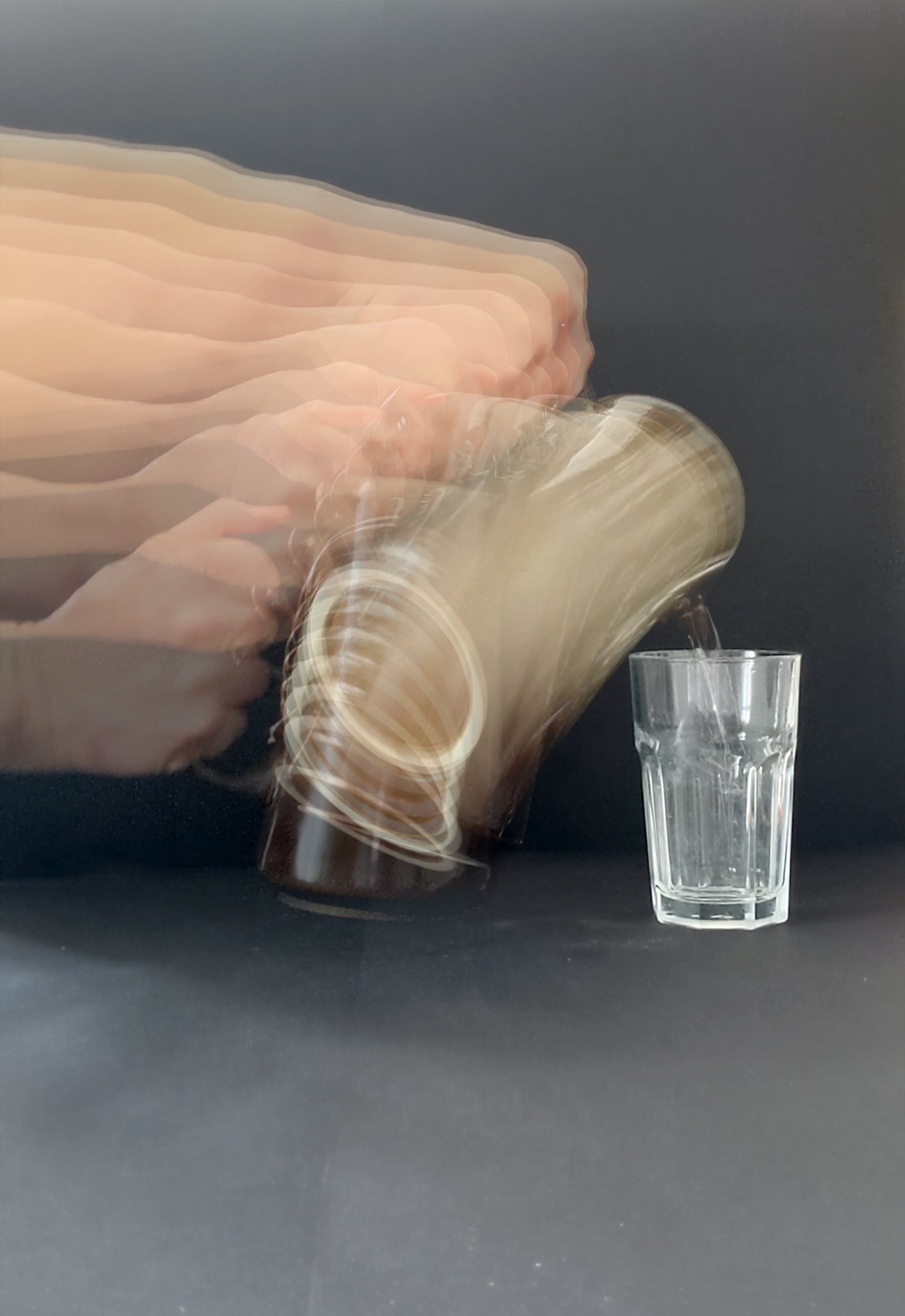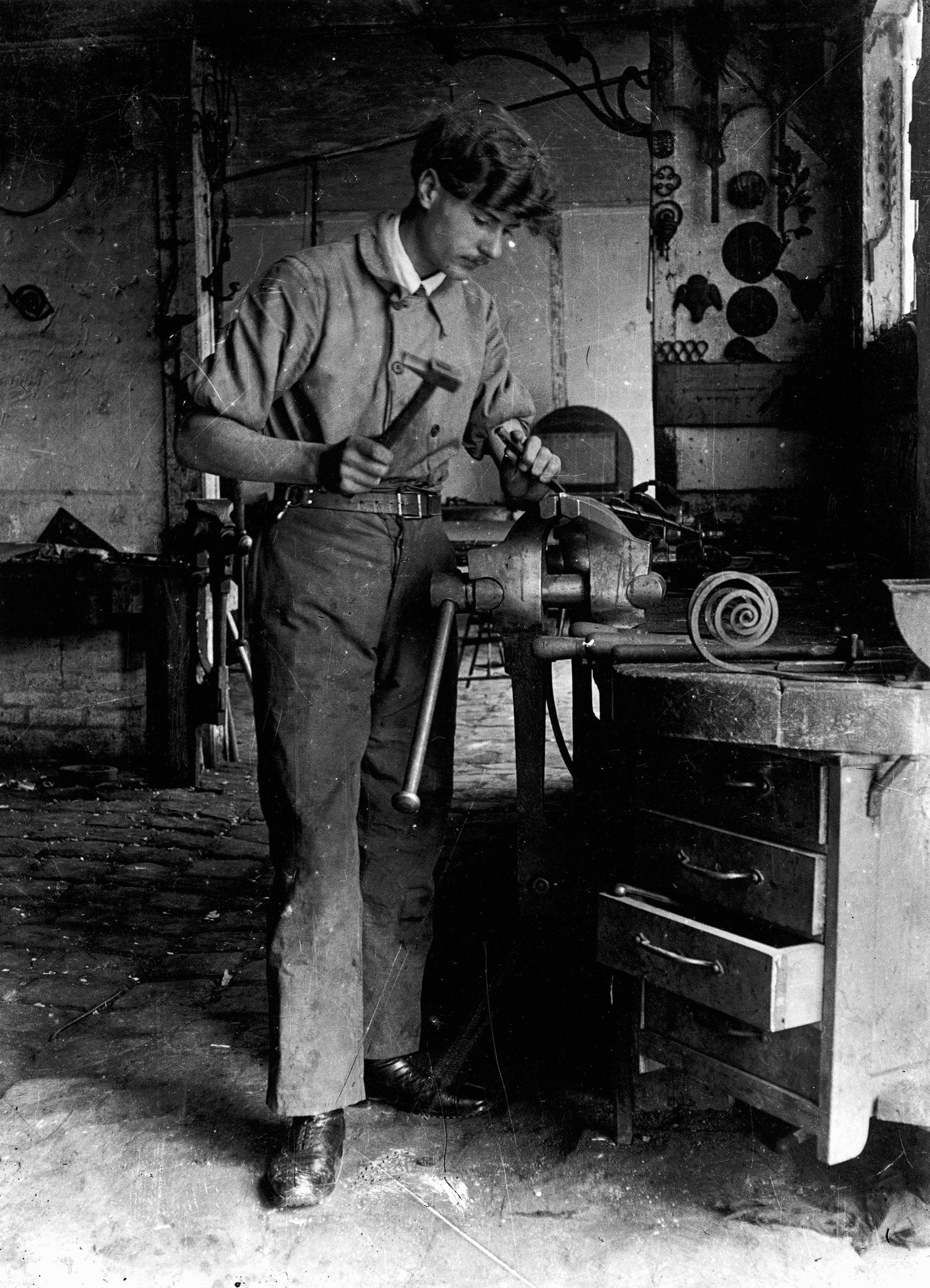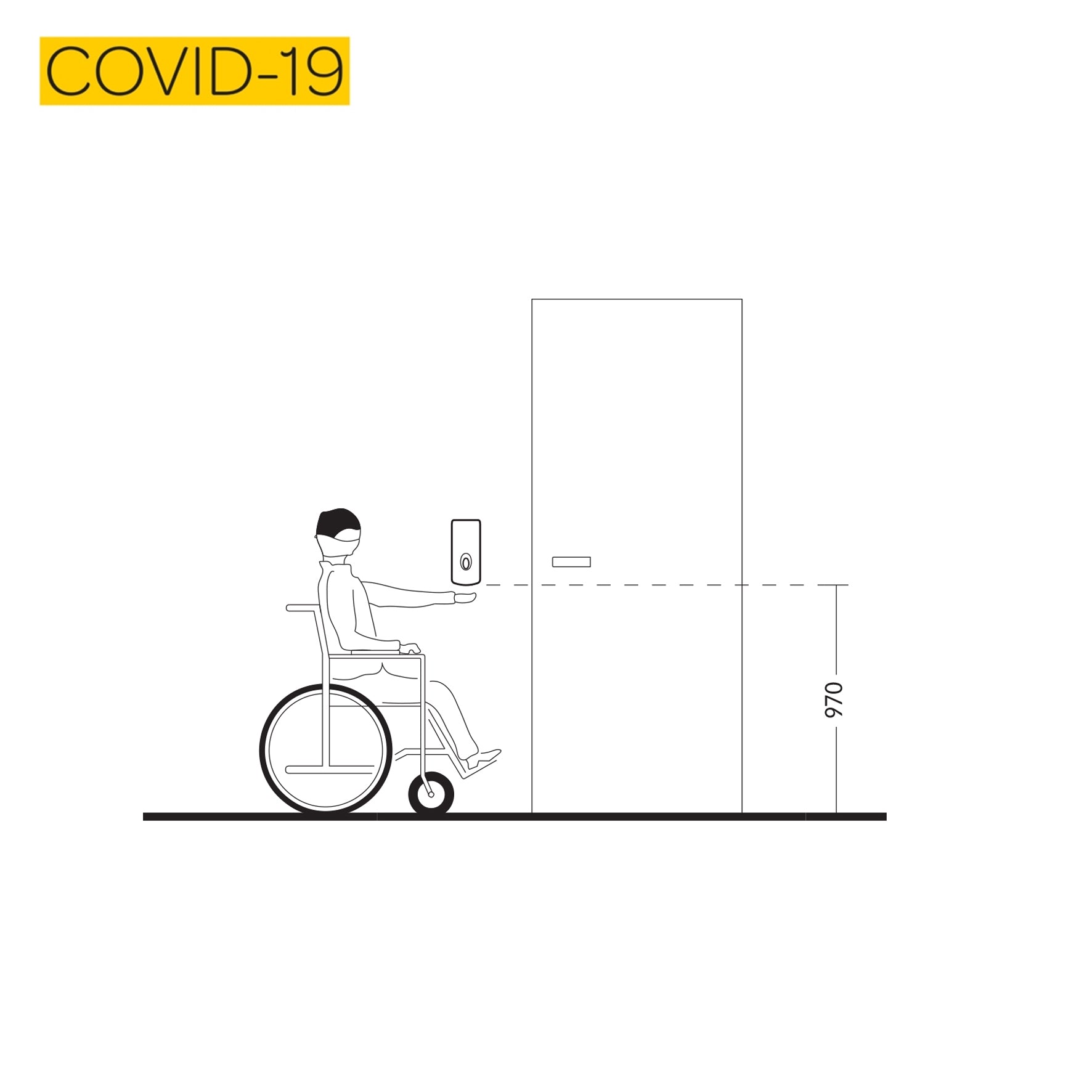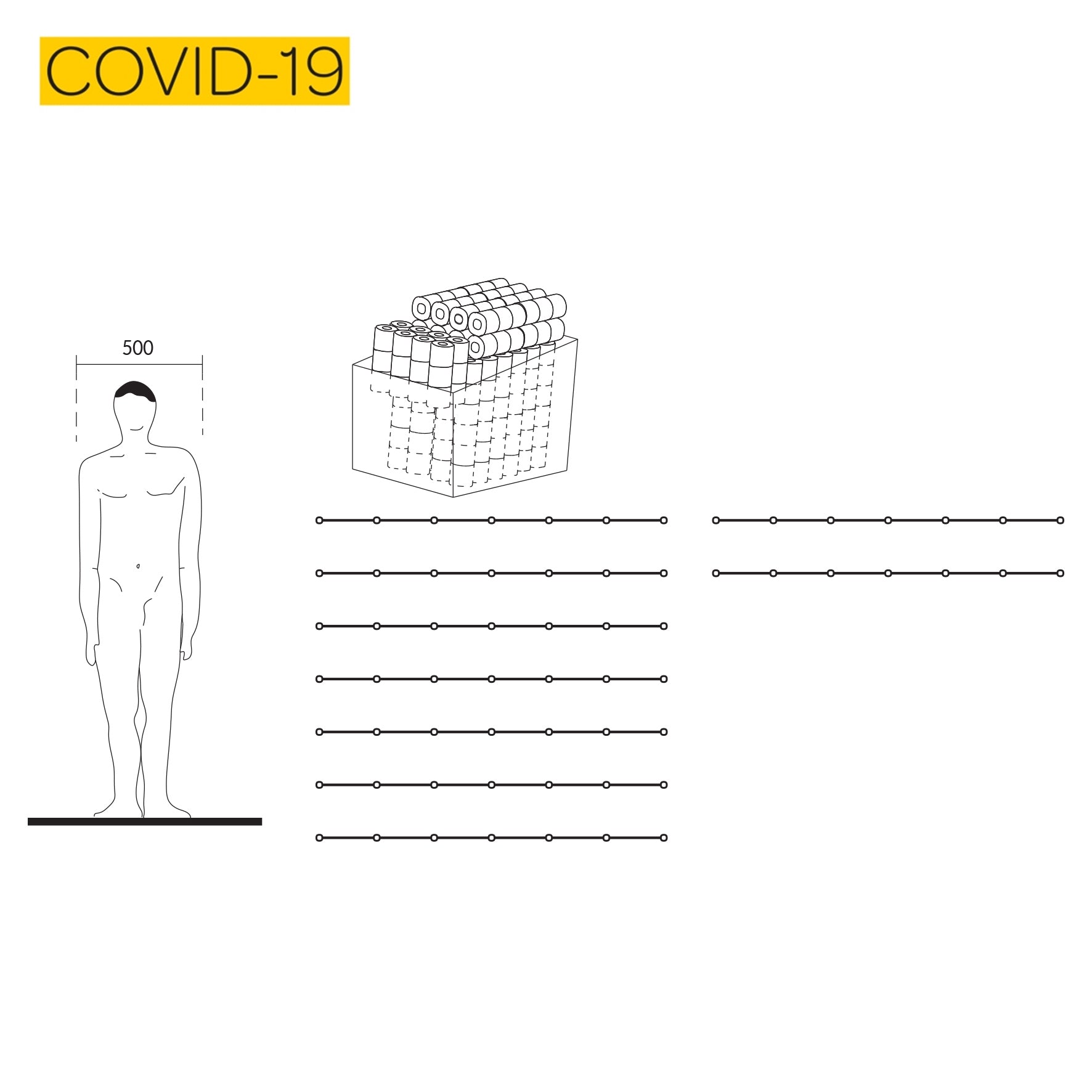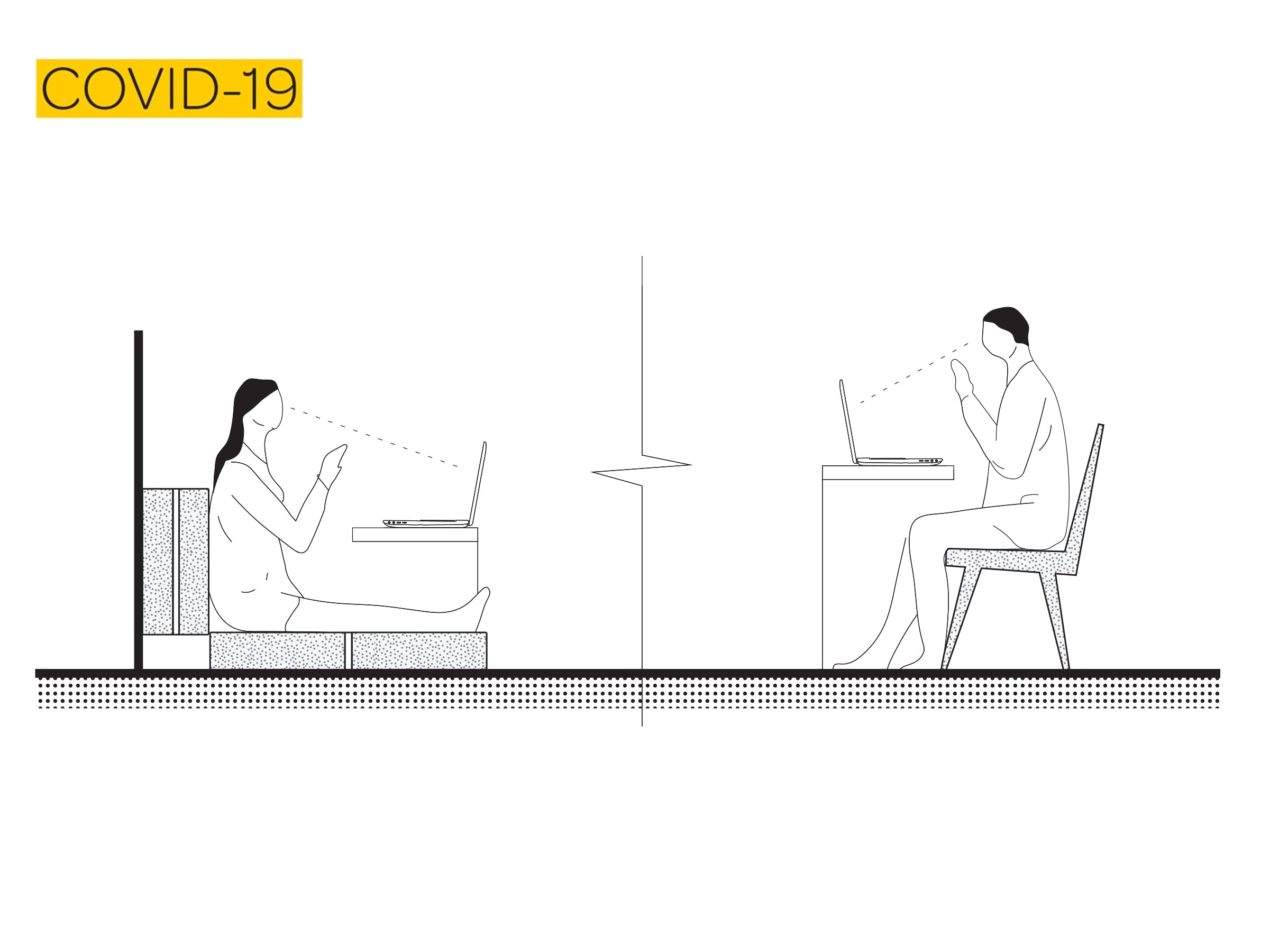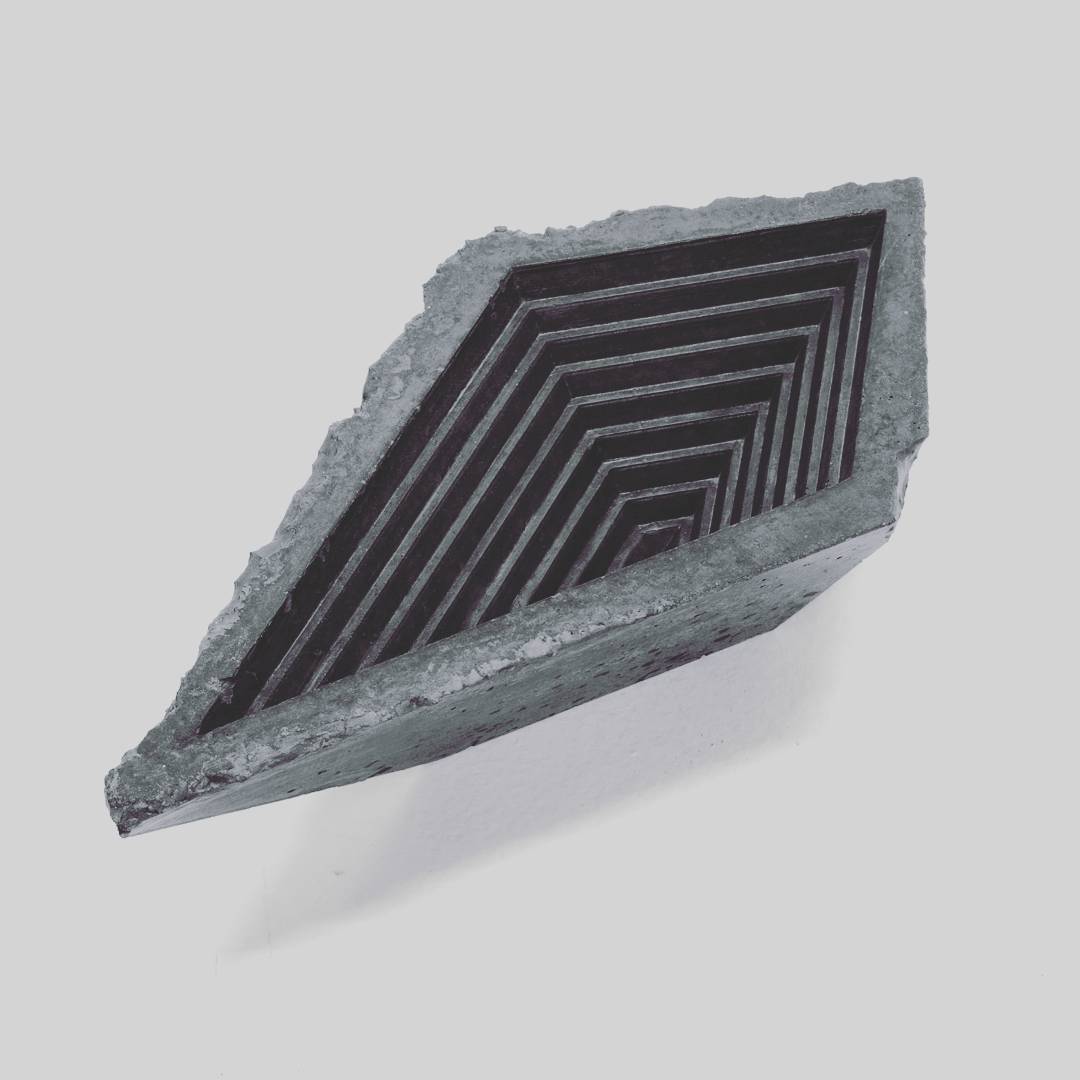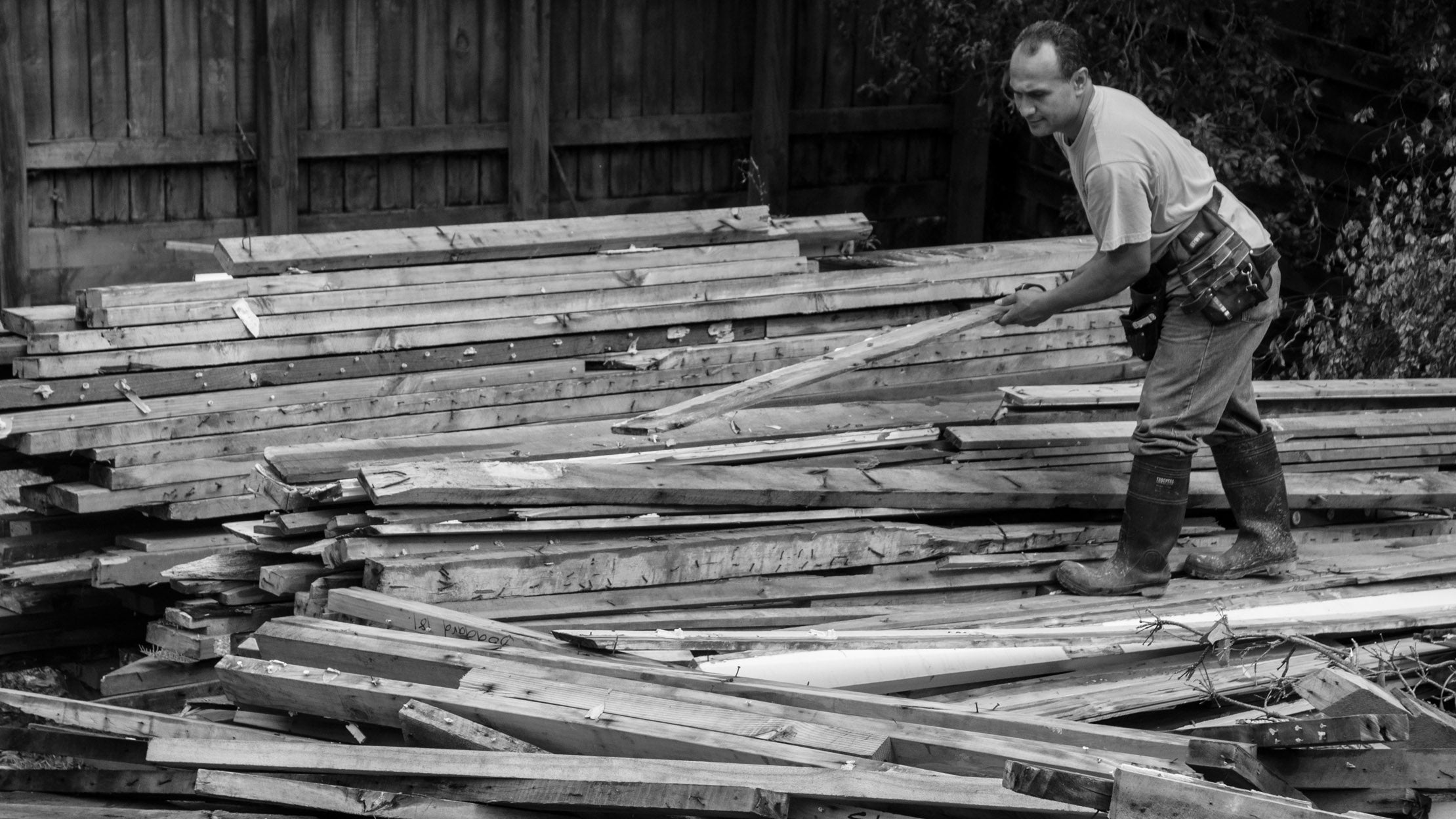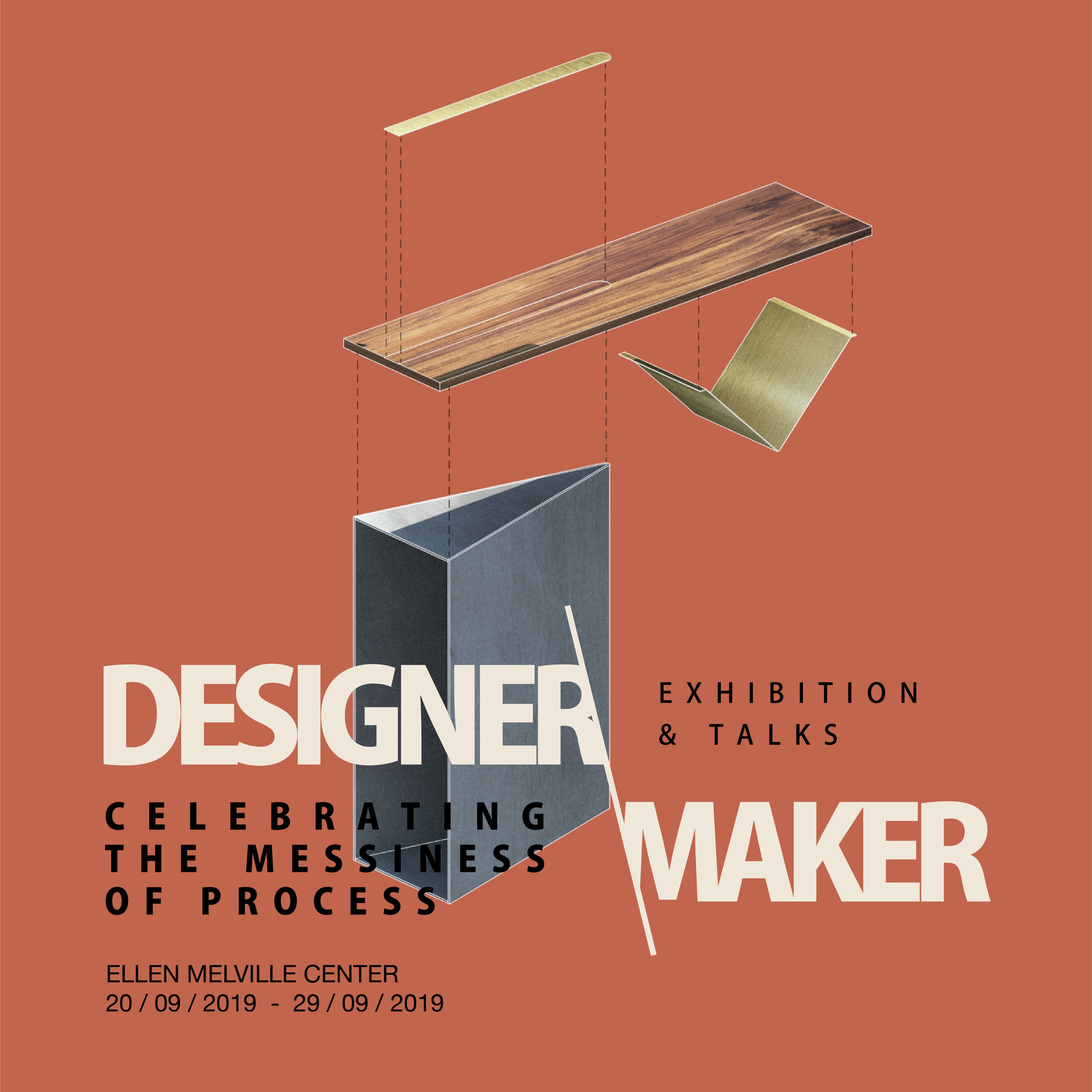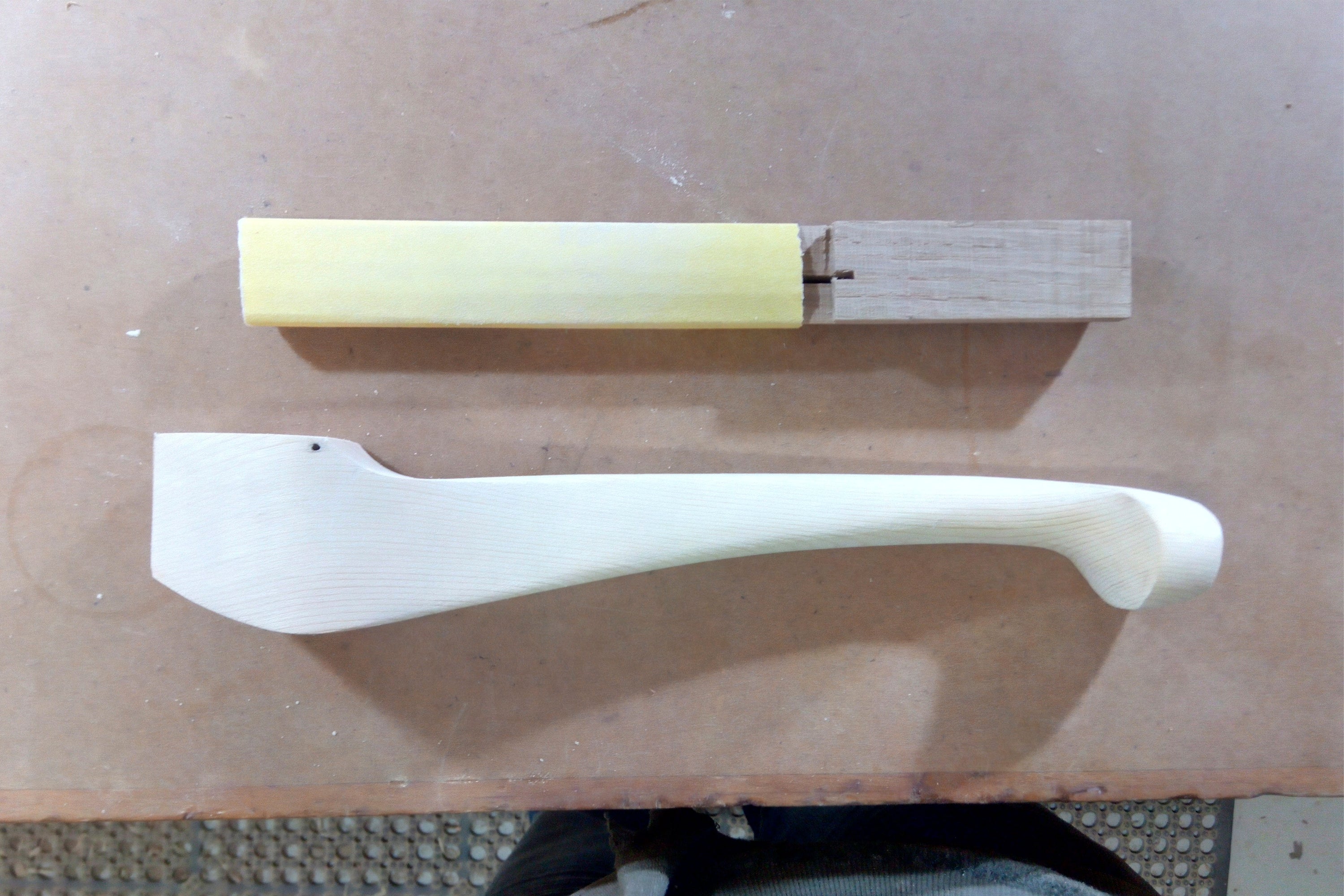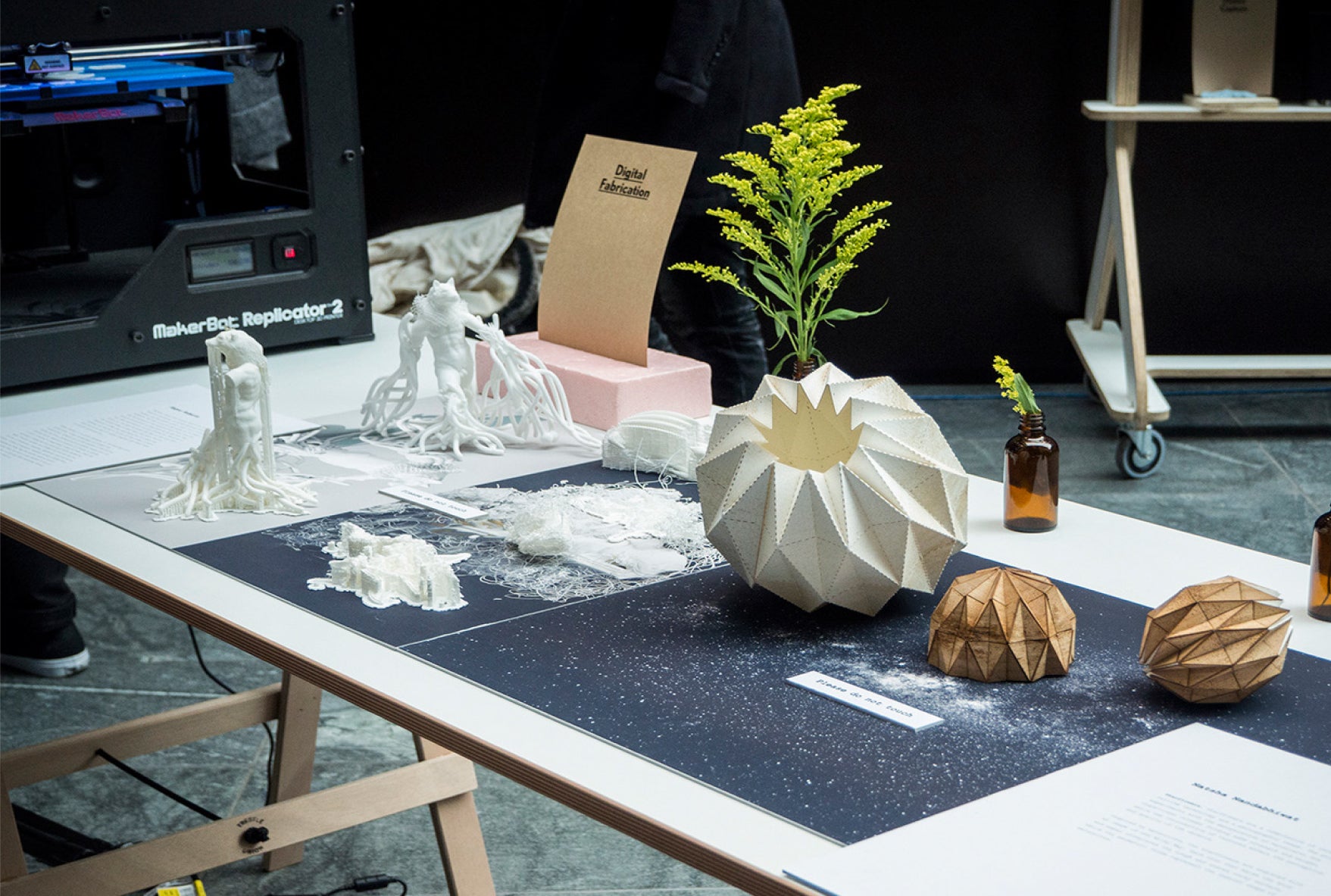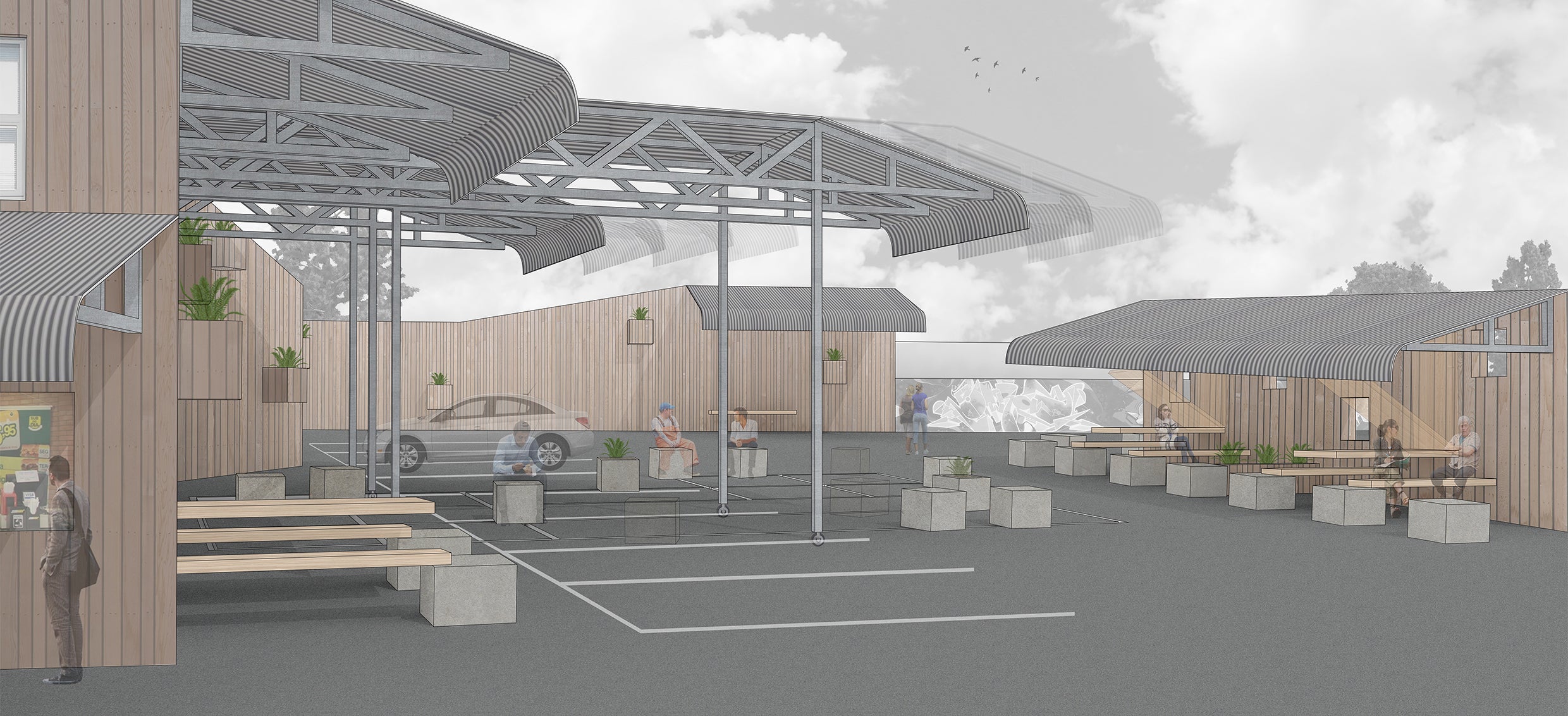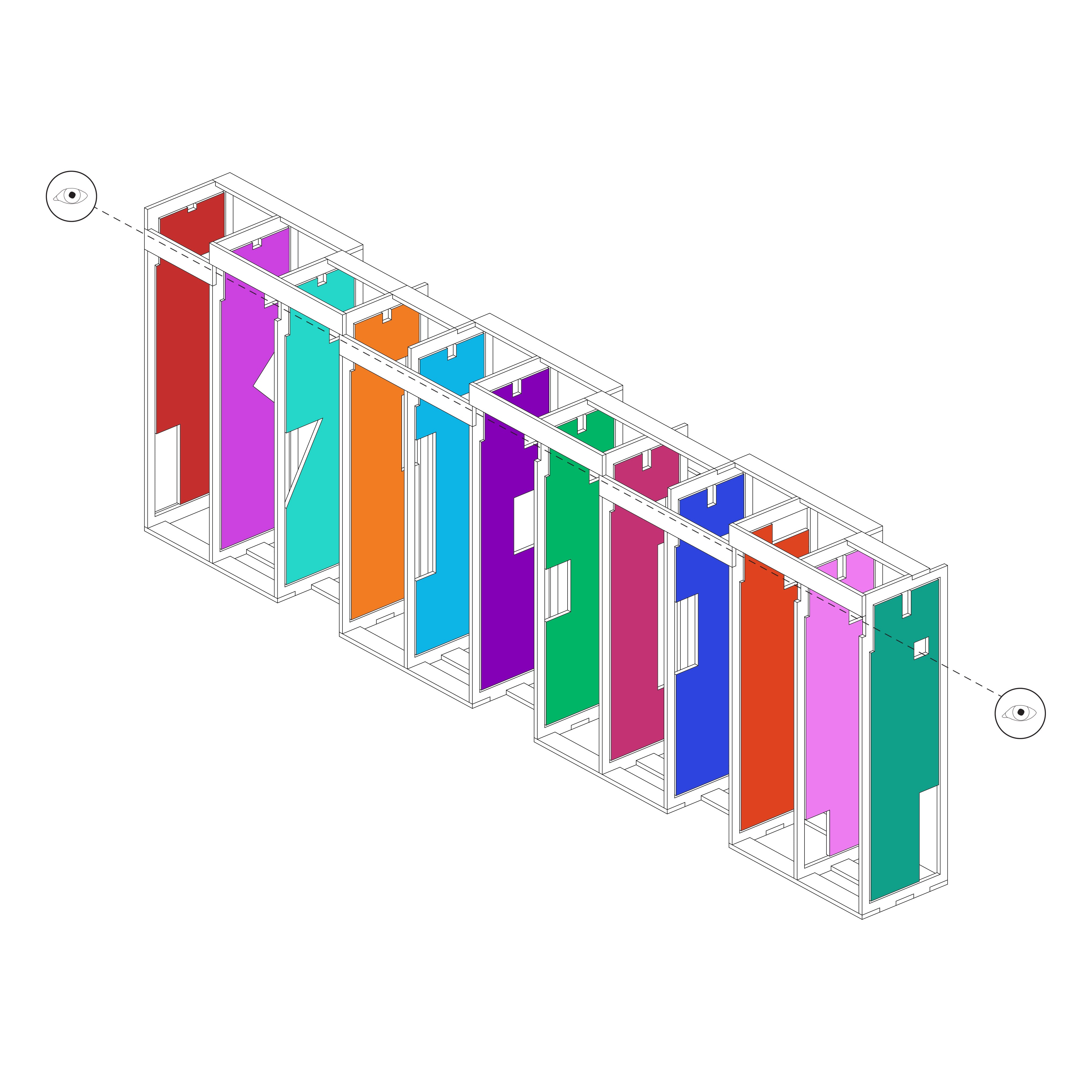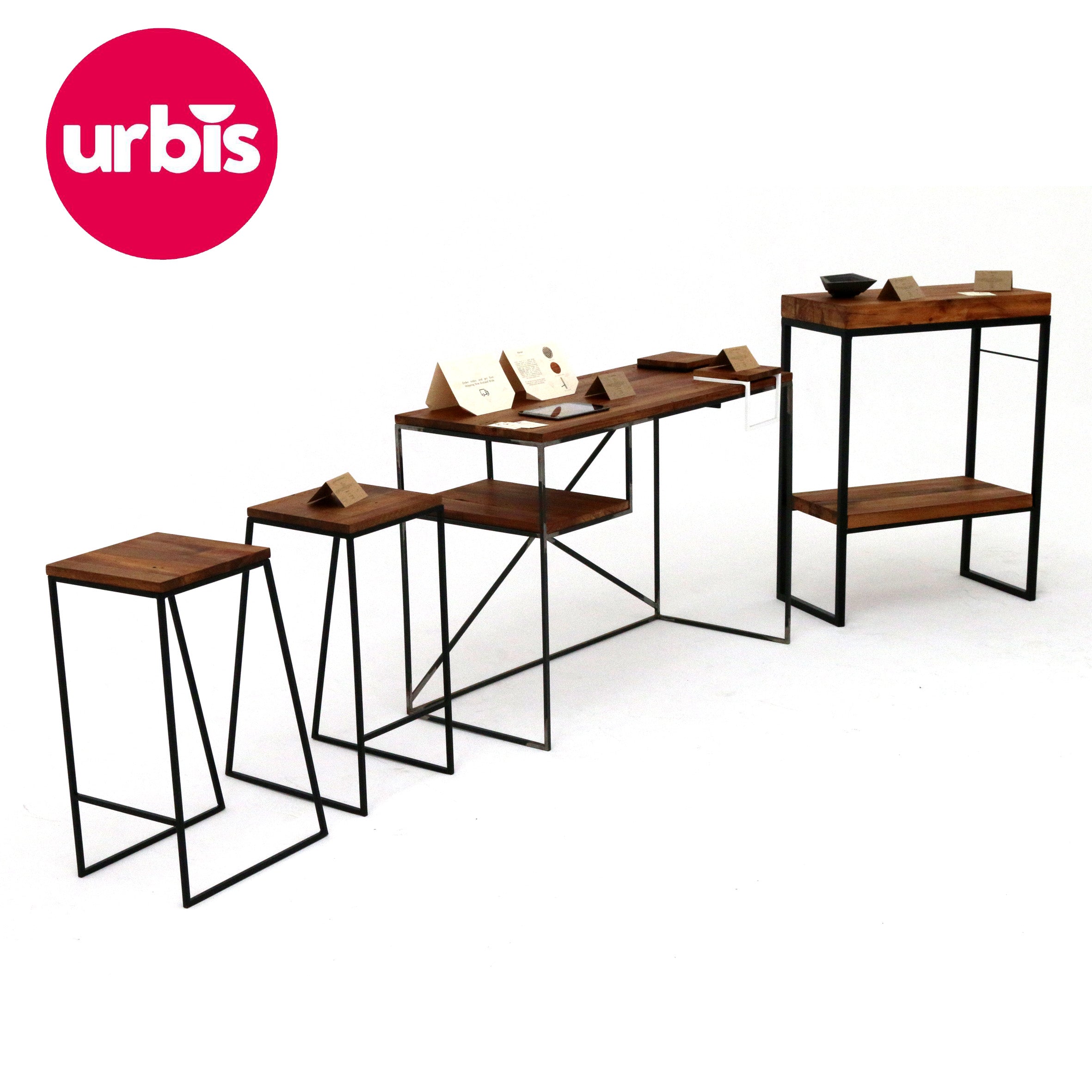A series of COVID-19 architectural diagrams inspired by Ernst Neufert's book, Architects' Data . These were intended to lighten the mood during the start of the 2020 global pandemic.
Note: All dimensions are in millimetres. Sources are mainly around NZ regulations and guidelines, some are from other sources from other parts of the world.
Please refer to covid19.govt.nz for official information on how to beat the spread of COVID-19.
Hand Sanatising
It’s time to be a clean freak! Let’s get into the habit of washing our hands and wiping surfaces frequently.
The coronavirus is made out of a fat envelope. By washing your hands with any detergent-based products, so any soap-based products like dishwashing liquids, hand sanitisers and hand wipes or just a regular soap bar (marketed as anti-bacterial or not) will destroy the fat envelops and destroy the virus.
Important note when washing your hands under the sink: timing is critical. It takes 20 seconds to properly destroy the virus. A good reference for time is to sing 'happy birthday to you' twice to yourself when washing your hands.
Important note for hand wipes and hand sanitisers: The alcohol percentage needs to be no lower than 60% to properly destroy the virus.

I was speculating with a friend where would be the most effective place for a wall-mounted hand sanatiser in a house. We concluded that it would be at the entrance. Every time you would go for a trip around the block, you would come back and sanatise your hands, just before touching the door.



Let's keep in mind that a generous space between wall-mounted sanatisers is critical.



In an urgent delivery scenario, having a hand sanitiser by your entrance would be handy to sanatise the package and your hands prior to entering the house.

For a portable hand sanitiser, an effective place to put it would be inside the car, on the cup-holder space so it's always visible and easily accessible.
Note: Some hand sanatisers require to be stored in a room below 30 degrees. In this case, it would be the glove box.


Another thing I was trying to figure out was the logistics of handwashing when going on a trip to the supermarket. Before leaving the house, you would wash your hands under the tap (singing happy birthday to you x2); you would do your shopping (and do not touch your face), sanitise your hands in the vehicle after loading your groceries and finally in the house under the tap (singing happy birthday x2), after storing your groceries.
It's also a good practice to wash any vegetables and fruits you are going to consume raw with soap (also singing happy birthday to you x2).
Frequent handwashing may require being diligent at first but as we keep incorporating this into our daily routine, it will become an effortless weapon against the coronavirus.
